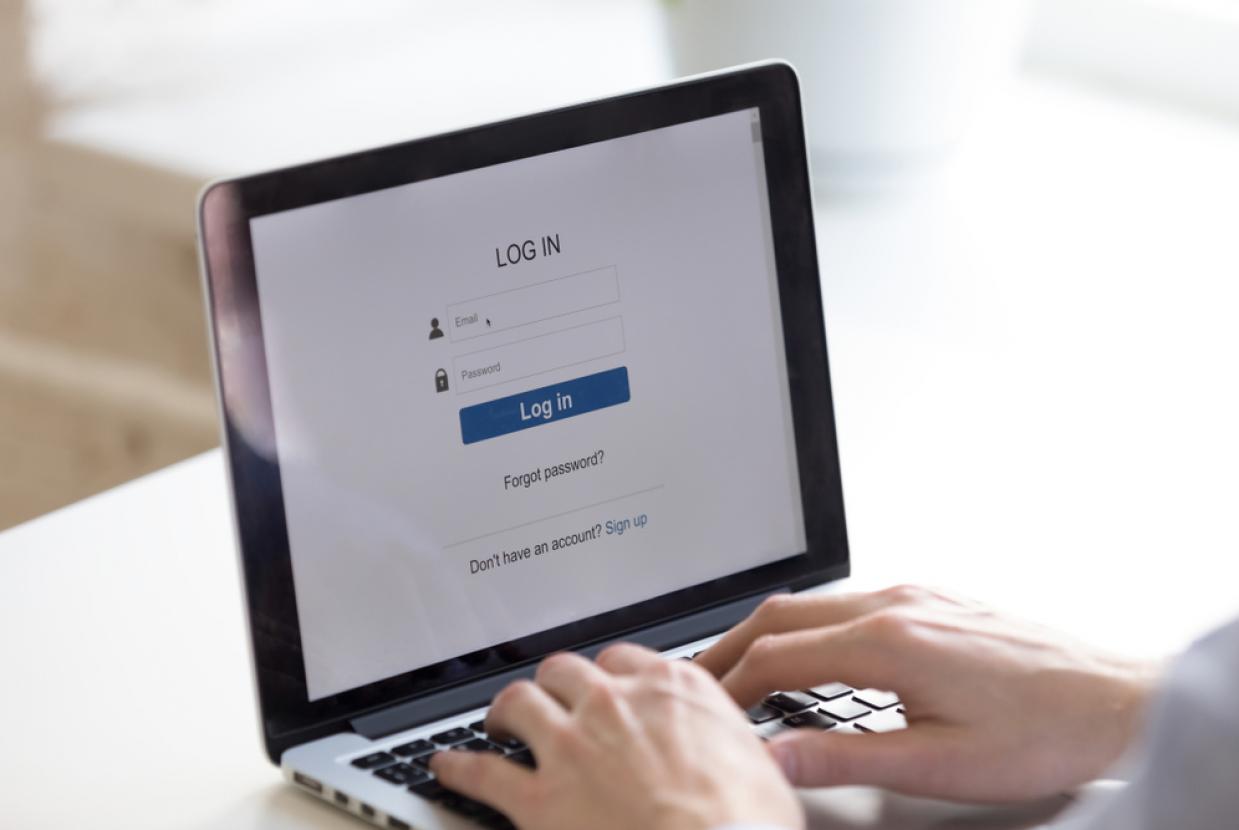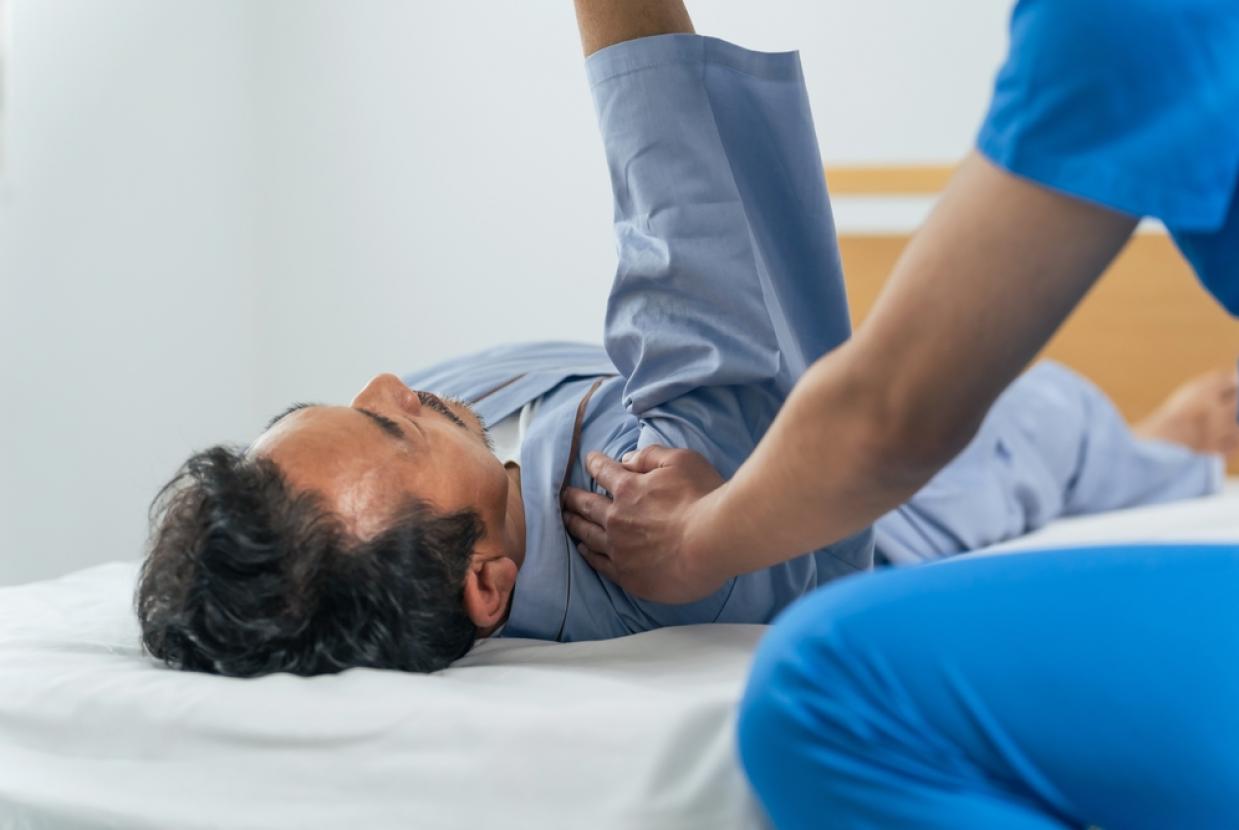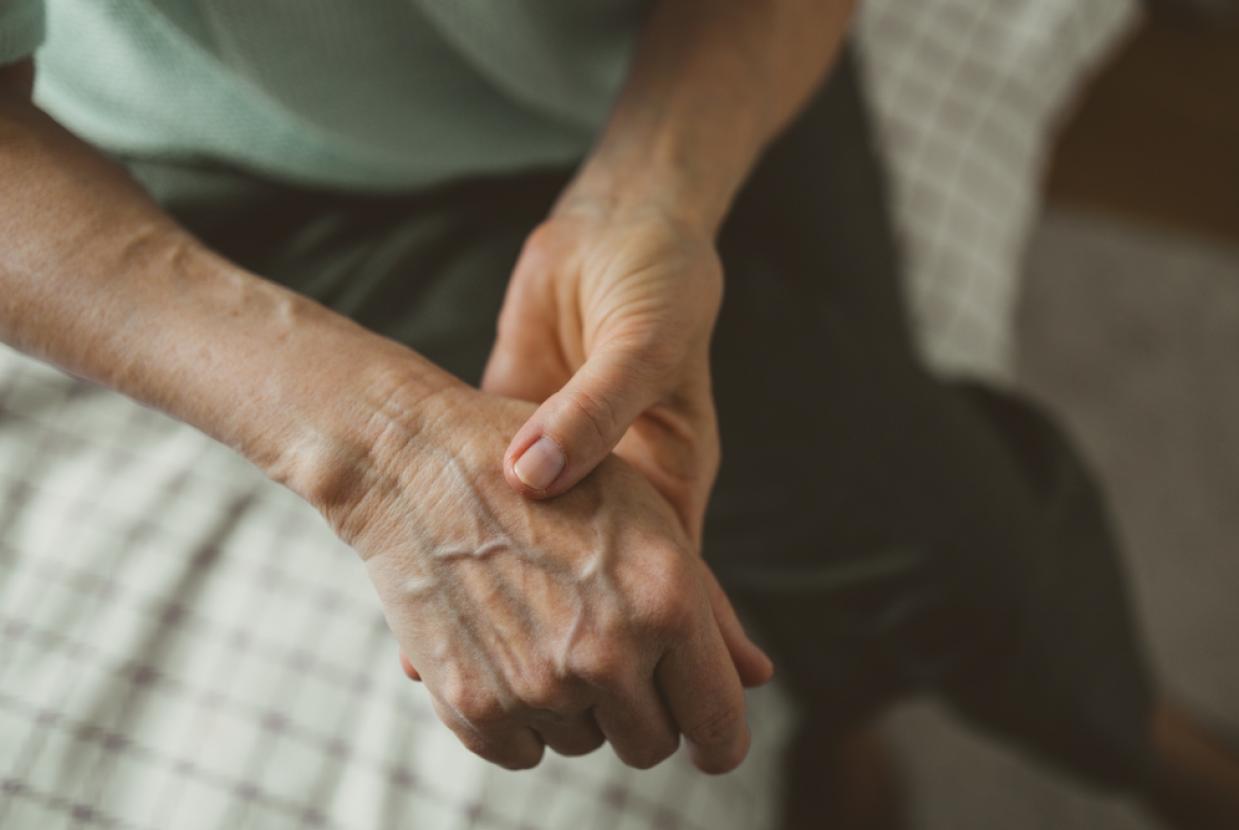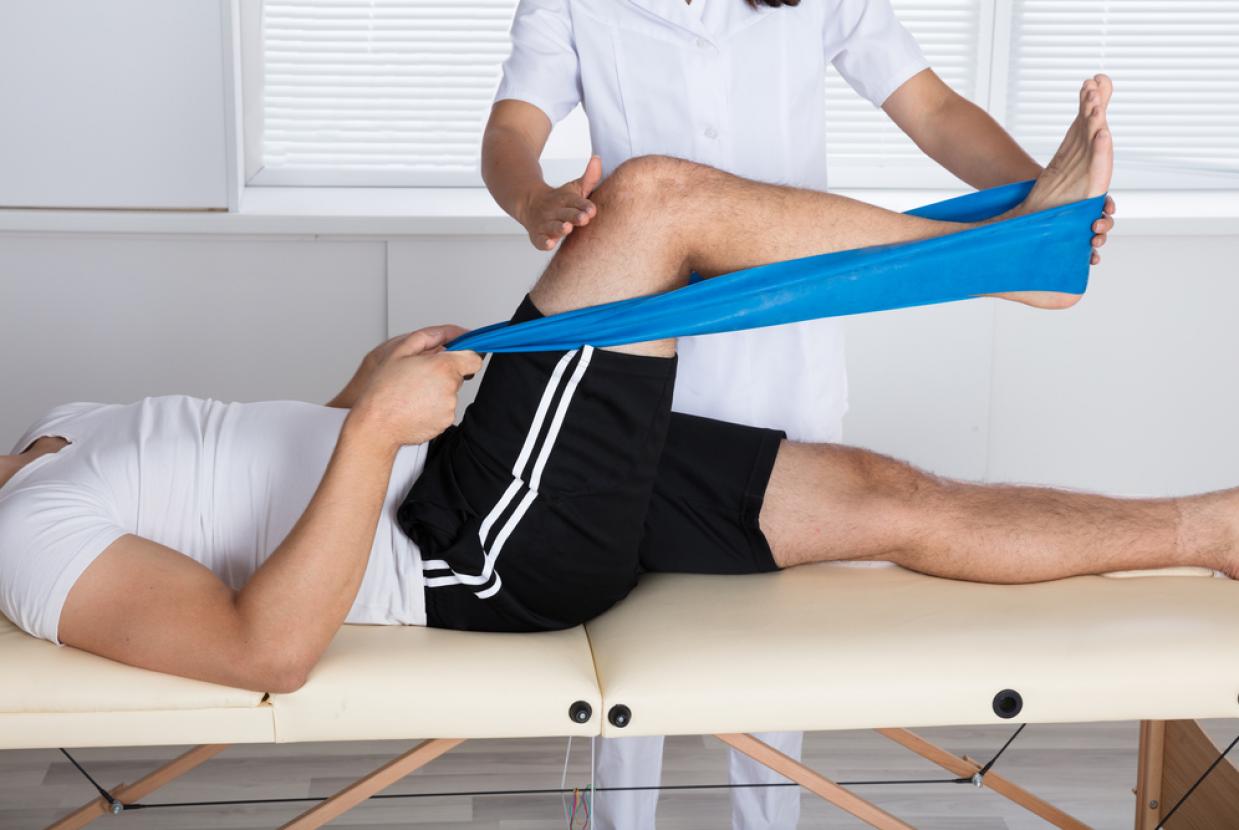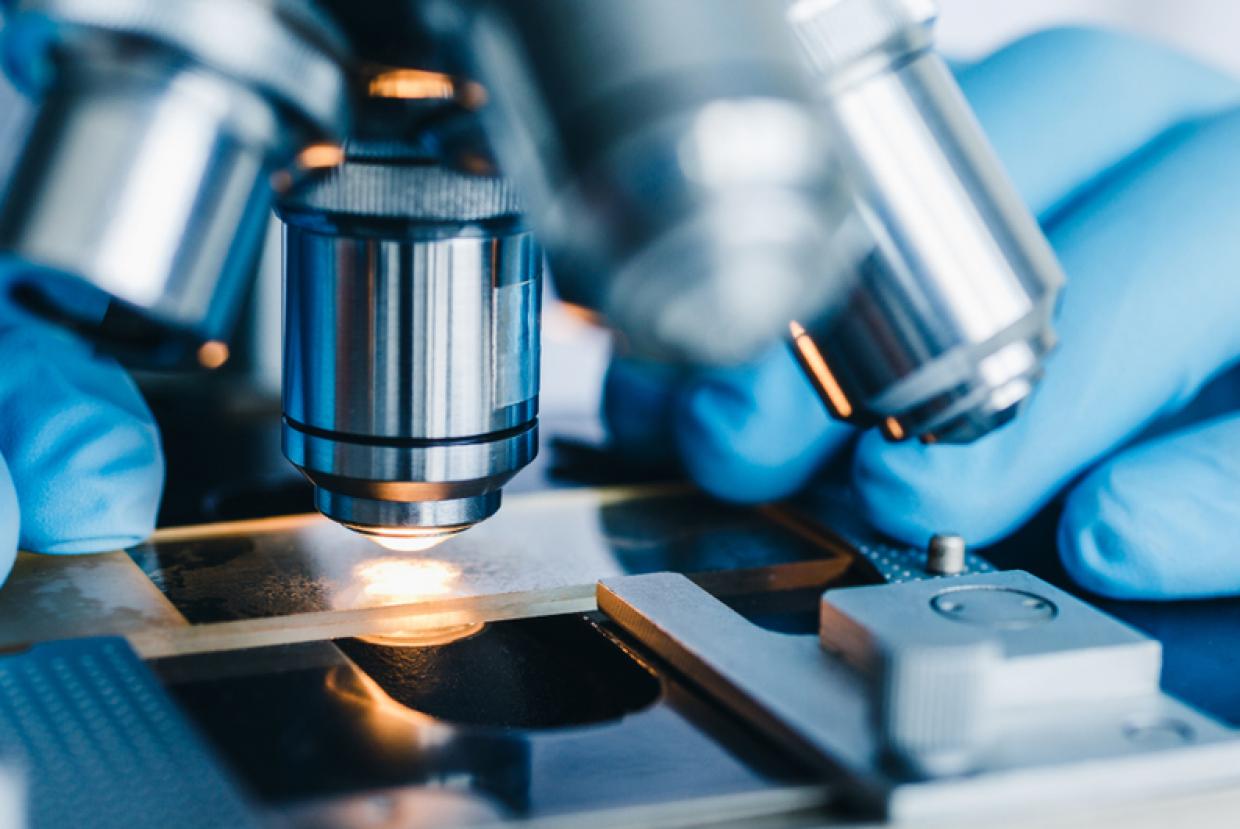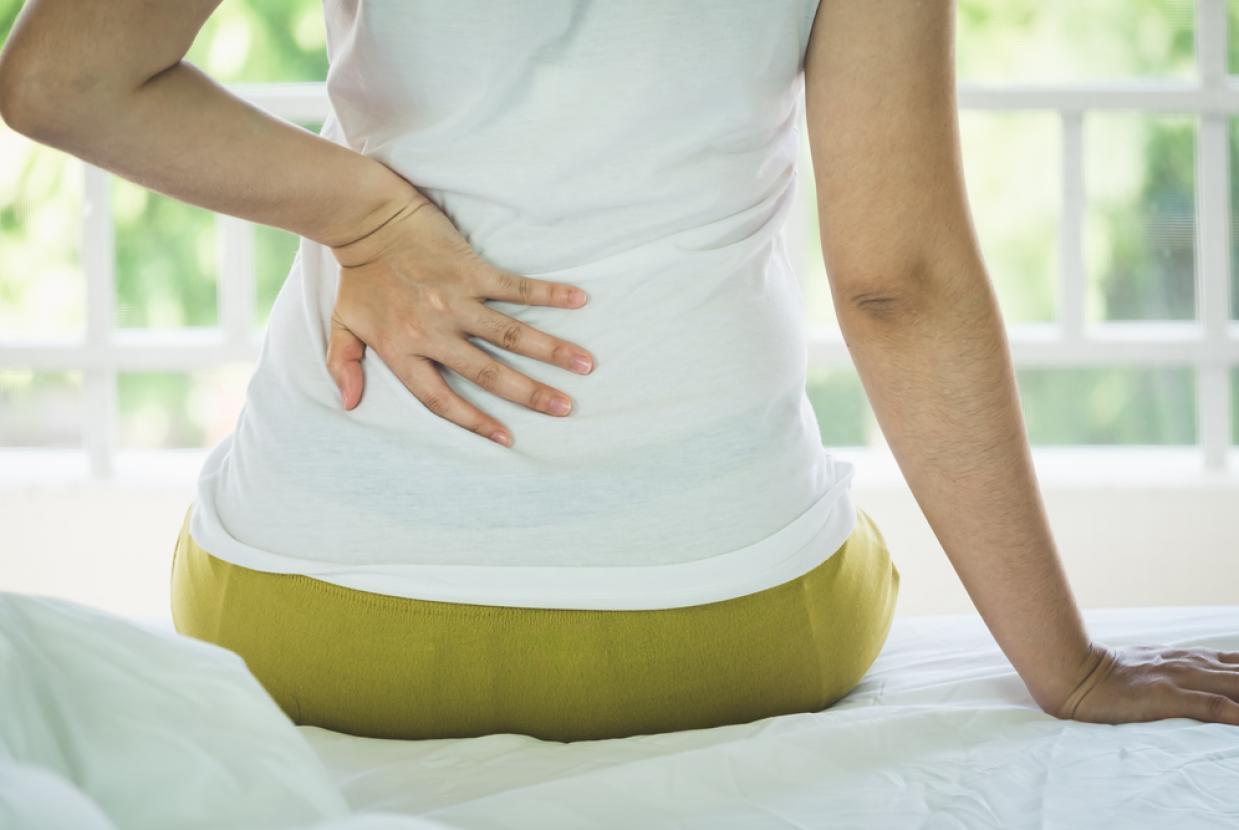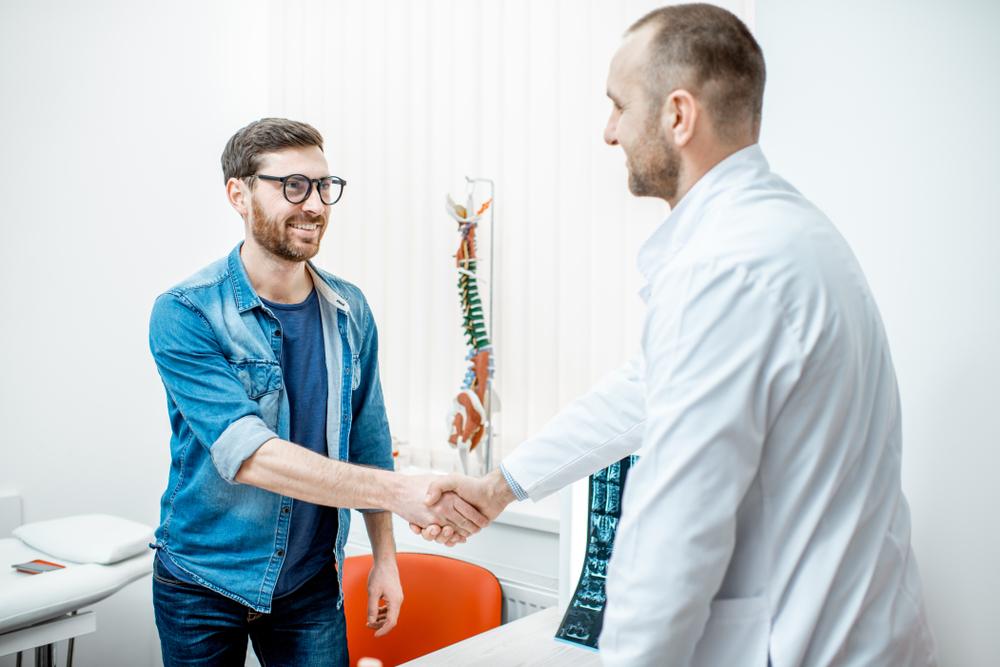Back Pain
Back pain is a very common problem and will affect many of us at some point during our lives. The good news is that in most cases it isn’t a serious problem, and it might just be caused by a simple strain to a muscle or ligament.
As far as possible, it’s best to continue with your normal everyday activities as soon as you can and to keep moving. Being active and exercising won’t make your back pain worse, even if you have a bit of pain and discomfort at first. Staying active will help you get better. Taking painkillers can help you do this.
Causes
Often back pain doesn’t have one simple cause but may be due to one or more of the following:
- poor posture
- lack of exercise resulting in stiffening of the spine and weak muscles
- muscle strains or sprains.
As well as the things listed above, there are also specific conditions which are linked with pain felt in the back. It’s important to remember that severe pain doesn’t necessarily mean there’s a serious problem. Some common conditions are listed below.
Spondylosis
As we grow older, the bones, discs and ligaments in the spine can naturally weaken as they age. This happens to all of us to some degree as part of the ageing process, but it doesn’t have to be a problem and not everyone will have pain from this.
As we grow older the discs in the spine become thinner and the spaces between the vertebrae become narrower. Little pieces of bone, known as osteophytes, may form at the edges of the vertebrae and facet joints.
Sciatica
Back pain is sometimes linked with pain in the legs, and there may be numbness or a tingling feeling. This is called sciatica.
This is due to a nerve in the spine being pressed on or squeezed. For most people with sciatica, the leg pain can be the worst part and occasionally they may have little or no back pain at all.
In most cases sciatica is caused by a bulging disc pressing on the nerve. Discs are designed to bulge so we can move our spines about easily, but sometimes a bulge can ‘catch’ a nerve root and cause pain that travels all the way down the leg and foot.
Spinal stenosis
Sometimes back pain is linked with pain in the legs which starts after you start walking for a few minutes, and then tends to get better very quickly when you sit down. This is known as spinal stenosis. This can happen from birth or can develop as we get older.
Problems are caused when something presses on the small space in the middle of the spine, where the nerves are. This space, which is called the spinal canal or nerve root canal, can be squeezed by bone or ligament.
Other causes
Other rarer causes of back pain include:
- bone problems such as a fracture – often linked to thinning of the bones, which is known as osteoporosis
- an infection
- a tumour
- inflammation, for example in the condition ankylosing spondylitis.
When to see a doctor
Even though it's common, most cases of back pain tend to clear up without the need to see a doctor.
You should see your doctor if your pain:
- is really bad
- lasts for a long time
- stops you from working or doing the things you enjoy
- affects your everyday activities
- gets worse.
You should also see your doctor if you have any changes in sexual function, for example, being unable to get an erection.
If the pain is causing you significant problems and stops you from getting on with normal life and work activities, your doctor will examine you and ask you questions.
Managing your symptoms
The most important things to do to treat back pain is to keep moving, continue with everyday activities and have a healthy lifestyle.
Some people worry that if they have back pain, doing certain activities such as lifting things, twisting and turning might make their back pain worse. It’s important to remember that our backs and our spines are very strong and are designed to move. In fact, too much rest can make back pain worse.
Being active and continuing with your everyday activities as soon as possible, and as much as possible, will speed up your recovery.
There’s also evidence to suggest that how you respond emotionally to having back pain has an important impact on how quickly you get better. The more positive you are, the more active you are, the quicker your back will get better. Remember, if you’re ever struggling don’t suffer in silence, talk to a healthcare professional.
Keep moving
Staying active is the most important way you can help yourself if you have back pain. Keeping the muscles around the spine strong, will provide more support to the bones and joints and take pressure off them. The more you move, the more the back will keep its natural range of movement.
If you stop being active for a long time, the muscles in your back become weak and you become less fit, and this can make your back pain worse. Not moving can make your back more stiff and painful.
Regular exercise leads to shorter and less frequent episodes of back pain. It also releases chemicals called endorphins, which are the body’s natural painkillers. These improve pain and make you feel happier.
Exercise might make your back feel a bit sore at first but it doesn’t cause any harm – so don’t let it put you off. If you're getting back to exercise, start off gently and gradually increase the amount of exercise you do. Regular and small episodes of exercise is a good way to start and then each day try to do a little bit more.
Try taking some painkillers beforehand too. Over time, your back will get stronger and more flexible, and this should reduce pain.
Types of exercise for back pain
It’s better to choose a form of exercise that you enjoy as you’re more likely to stick to it. There are many forms of exercise that have helped people with back pain. Examples include:
- swimming
- walking
- yoga
- Pilates
- going to the gym.
Pain during exercise
You may feel some discomfort and sometimes pain when you exercise. This feeling is normal and should calm down a few minutes after you finish. It’s not a sign that you're hurting yourself. Exercise will help reduce pain and can help you manage your back pain better.
While you can push yourself and do strenuous exercise, it’s important not to overdo it. If you are in pain that you can’t cope with during or after your activity, you will need to see a doctor. The key is to start off gently and to gradually increase the amount you do.
If you’re ever having any trouble exercising, it can be a good idea to see a GP or ask for a referral to a physiotherapist for tailored exercise advice. If you're a member of a gym, there may well be personal trainers there who can give you expert advice. Make sure you tell them about your condition.
Painkillers
Simple painkillers such as paracetamol may help to reduce symptoms and allow you to continue with your everyday activities. You should use them as and when you need them but it’s best to take them before the pain becomes very bad. It’s important that you take them regularly and at the recommended dose, especially when you’re having a flare-up of your back pain.
Non-steroidal anti-inflammatory drugs (NSAIDs) such as ibuprofen, which you can buy at chemists and supermarkets, can also help.
You can use painkillers and NSAIDs for a short course of treatment of about a week to 10 days. If they’ve not helped after this time, then they’re unlikely to. However, if they do help but the pain returns when you stop taking them, you could try another short course.
There are also anti-inflammatory creams or gels that can be rubbed onto affected areas. Be careful not to exceed the dose by taking an NSAID tablet and applying an NSAID cream at the same time.
Heat/ice packs
Applying a heat pack to the affected area can ease pain and stiffness. You can use a reusable heat pad which you can buy from chemists and sports shops, a microwavable wheat bag or a hot-water bottle. A warm bath or hot shower can have a similar soothing effect.
An ice pack bought from a chemist, or even just a bag of frozen peas, can also be helpful. You may find that alternating between heat and ice therapy throughout a day or week can help. You could experiment with hot and cold packs to find what works best for you.
Posture
Try to maintain good posture when sitting at home, at work or in the car. Staying in awkward positions while working or driving, for example, will affect the soft tissues in your back that support your spine, and will increase your pain or your recovery time.
Try to change your posture often, because remaining in the same position for too long can be bad for you.
Treatment
Taking some painkillers, staying active and doing some specific exercises are generally the most helpful treatments for people with back pain. However, some people will need further medical treatment.




